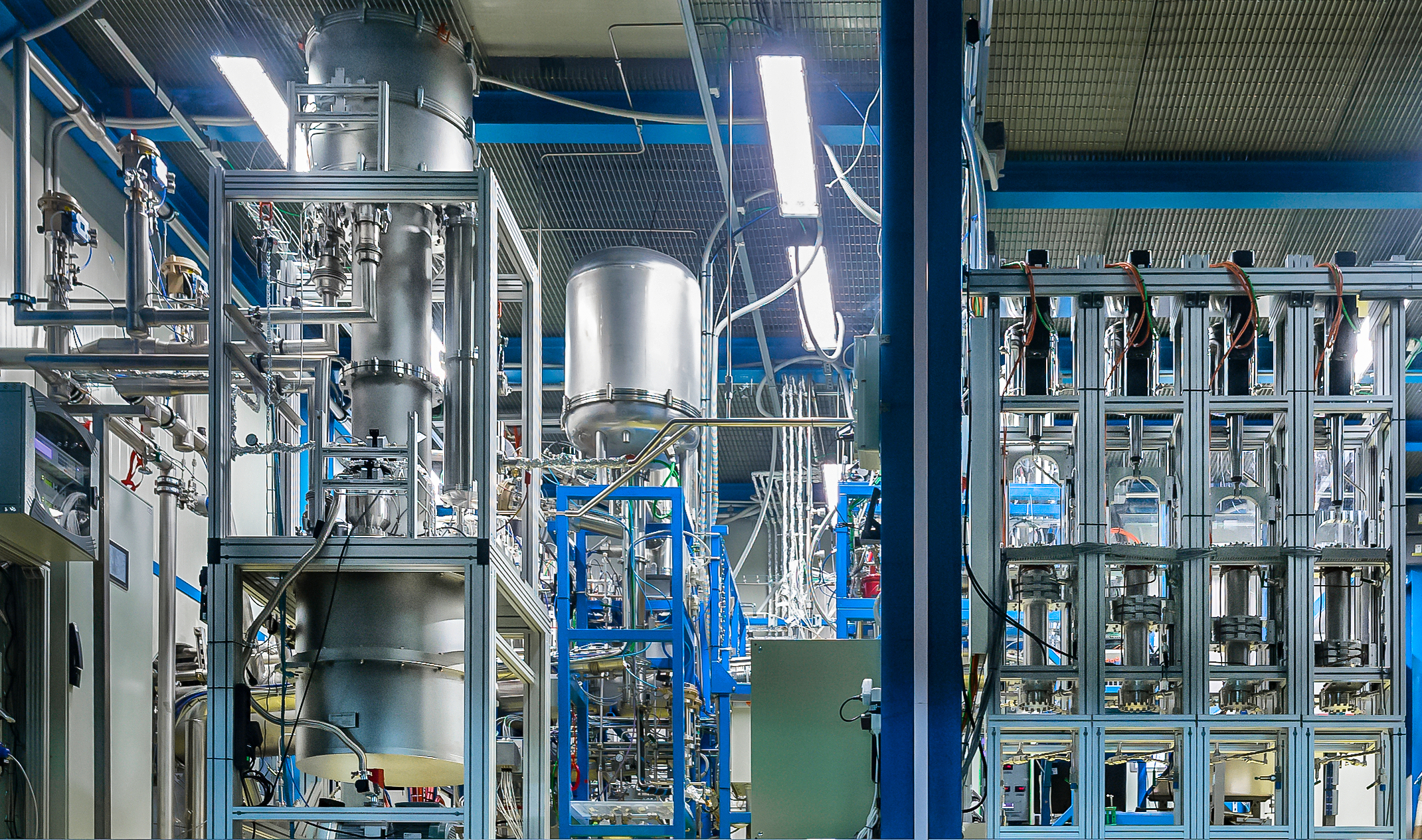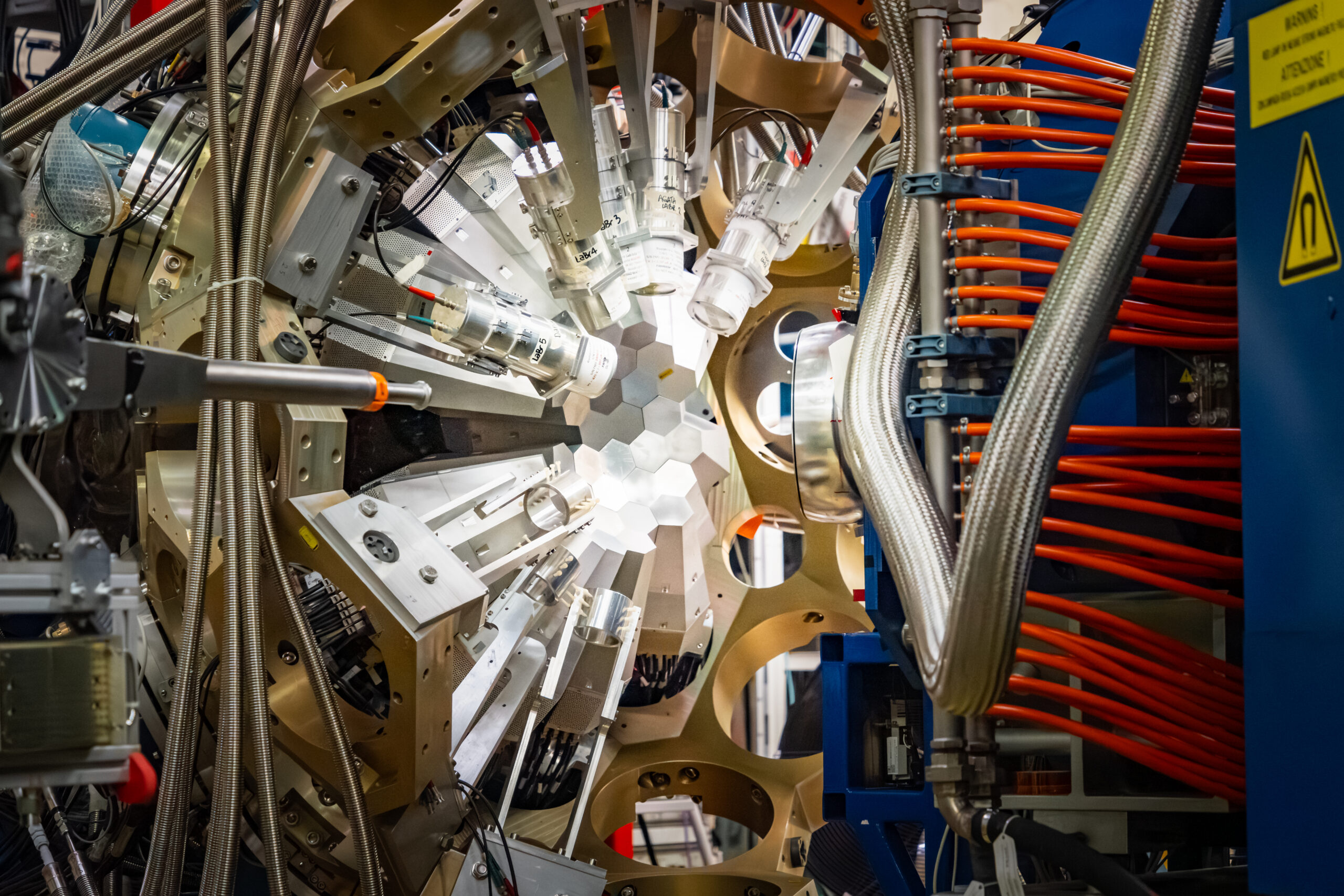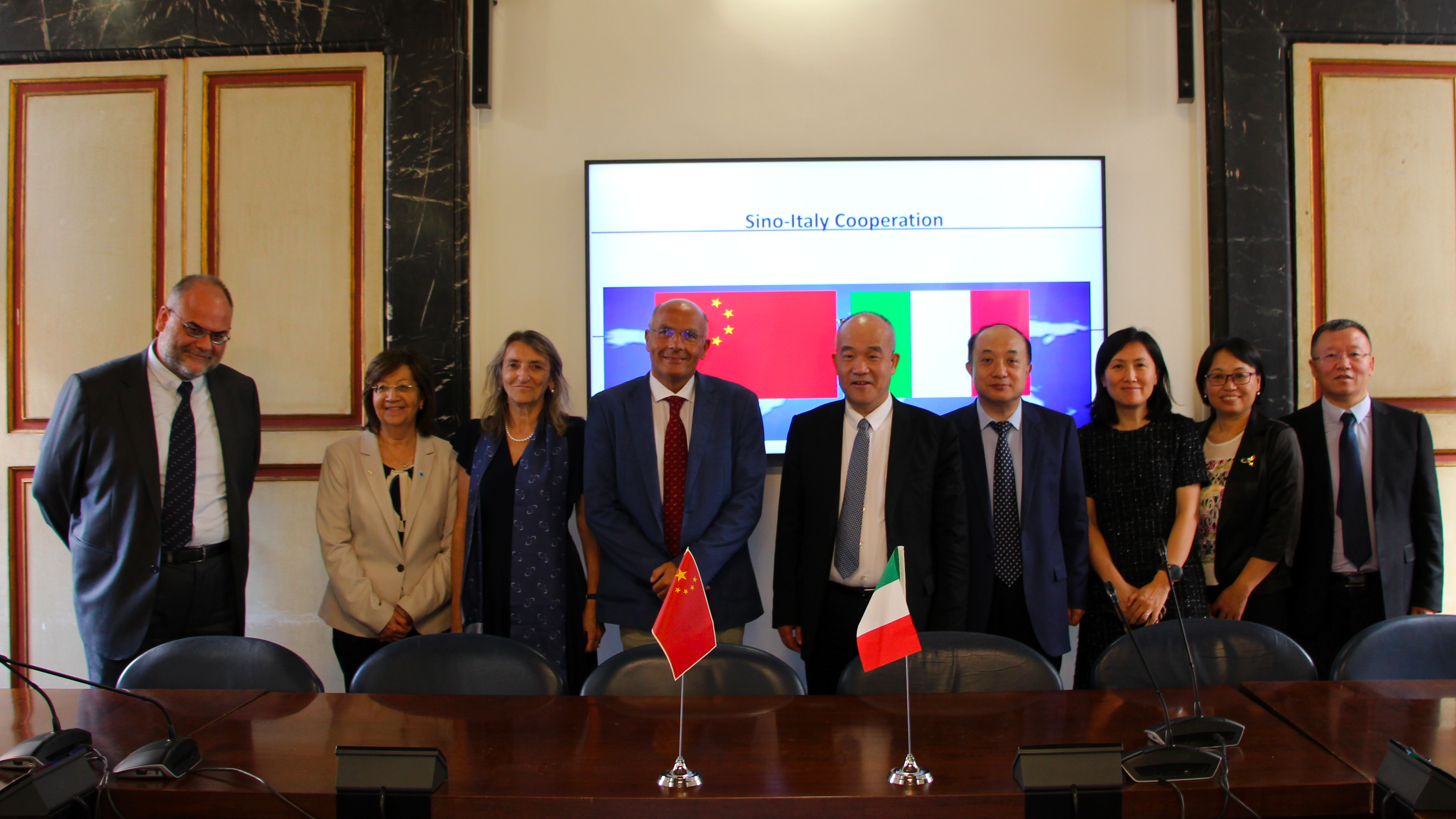 An important partnership was signed between INFN, University of Catania and the Maritime Authority of Catania (Sicily): the aim is to favour interdisciplinary activities of common interest in the research and monitoring, control and protection of marine and coastal ecosystems, focusing in particular on the south-western Ionian Sea. The three Institutions, within their respective areas of expertise, are committed to implementing a programme to make it possible to make mutually usable mercantile traffic data available so that they can be recorded in underwater observatories for studies on neutrinos installed in opposite the port of Catania and off Portopalo di Capo Passero. The ultimate aim is to favour the development of integrated multidisciplinary skill sets to favour the entire research system and other sectors of public interest, such as marine fauna and environment monitoring for the prevention and repression of pollution phenomena. The initiative is supported by two large European research infrastructures, EMSO (European Multidisciplinary Seafloor) and KM3NeT (Cubic Kilometre Neutrino Telescope), which provide the use of the hard – and software facilities of abyss observatories installed in cabled underwater infrastructures off the coast of Sicily (Catania and Capo Passero).
An important partnership was signed between INFN, University of Catania and the Maritime Authority of Catania (Sicily): the aim is to favour interdisciplinary activities of common interest in the research and monitoring, control and protection of marine and coastal ecosystems, focusing in particular on the south-western Ionian Sea. The three Institutions, within their respective areas of expertise, are committed to implementing a programme to make it possible to make mutually usable mercantile traffic data available so that they can be recorded in underwater observatories for studies on neutrinos installed in opposite the port of Catania and off Portopalo di Capo Passero. The ultimate aim is to favour the development of integrated multidisciplinary skill sets to favour the entire research system and other sectors of public interest, such as marine fauna and environment monitoring for the prevention and repression of pollution phenomena. The initiative is supported by two large European research infrastructures, EMSO (European Multidisciplinary Seafloor) and KM3NeT (Cubic Kilometre Neutrino Telescope), which provide the use of the hard – and software facilities of abyss observatories installed in cabled underwater infrastructures off the coast of Sicily (Catania and Capo Passero).





